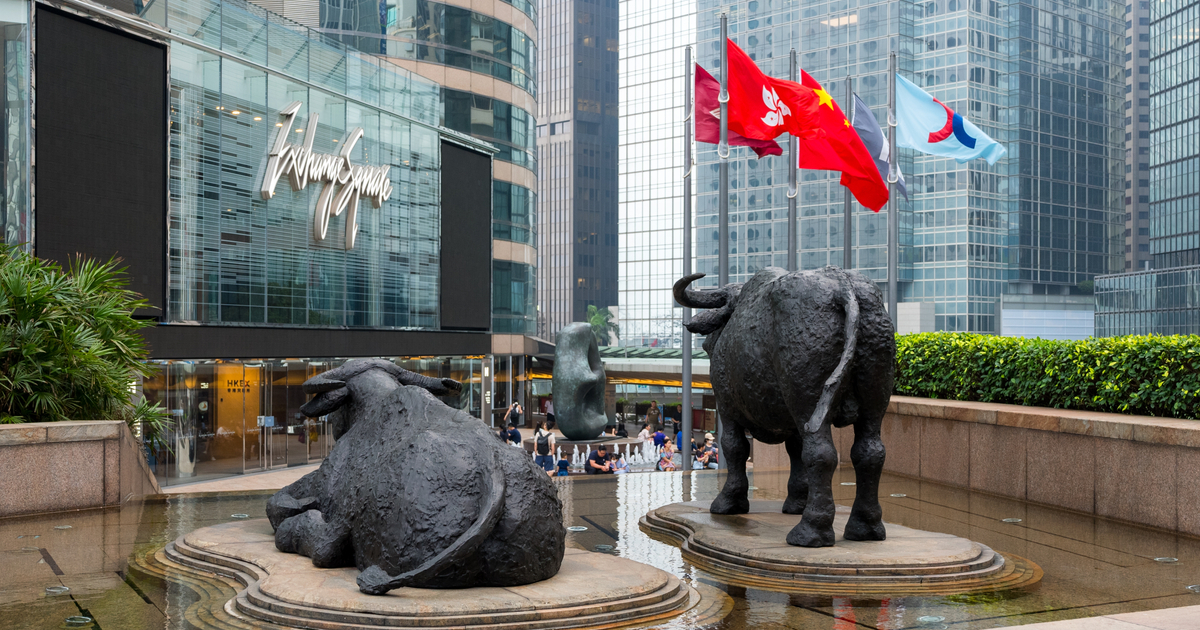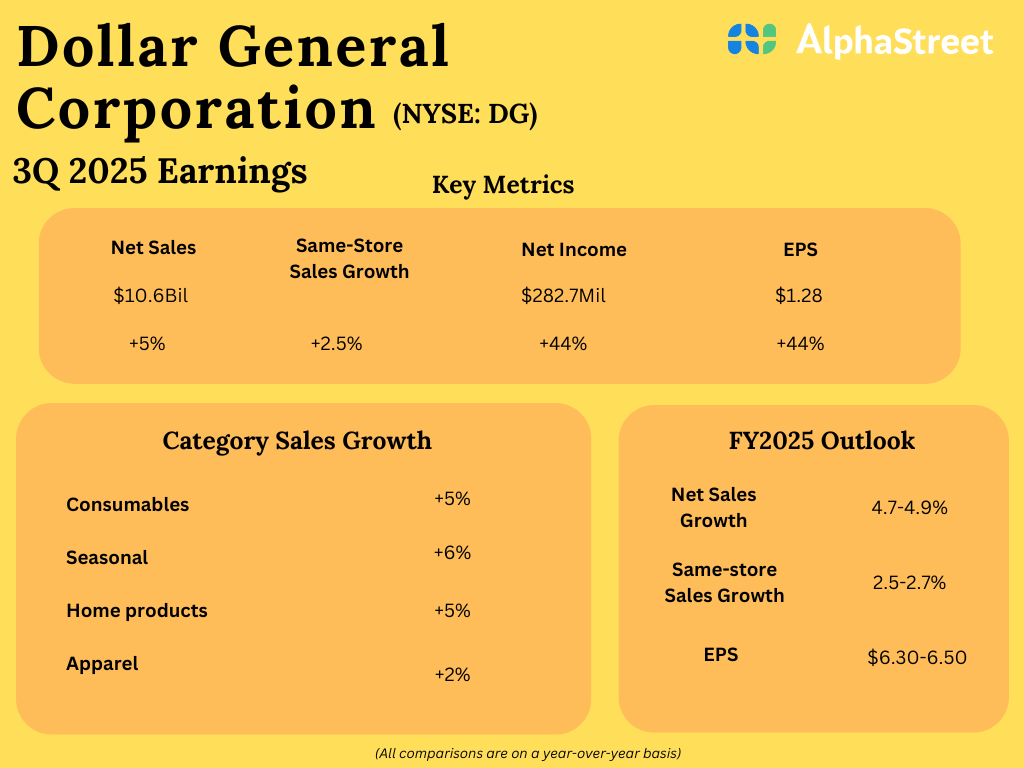Disruption manifests itself in different forms. Traditionally, entrepreneurs come up with a business model, investors who see the potential fund the enterprise, and eventually it sees enough success to exit. The baton is then passed from private market investors to public market investors and/or large companies who want to acquire the disruptor because it represents a competitive threat (Unilever and Harry’s shave club) or provides bolt-on growth (Teradyne and Universal Robotics).
Talk about blue ocean total addressable market (TAM) all you want, but disruptive themes almost always benefit by displacing other offerings. For example, robotics process automation is a blue ocean total addressable market cannibalizing all the Mumbai white collar sweat shops where recipe-driven back office activities are quickly being replaced by algorithms. Uber impacts taxi drivers, Airbnb impacts hotel chains, and electric vehicles impact gas-powered ones. Understanding what a disruptive technology will displace helps us understand how rapidly they can create value and how it gets accrued.
Dull, Dirty, and Dangerous
You won’t find many activists complaining about a lack of female brick masons, one of the four job profiles with more than 99% male participation. It’s always the more desirable jobs people demand representation for, and ways to make a living that are dull, dirty, and dangerous seem most suited for men or machines. You’ll see less social pushback when these jobs get automated away, and labor shortages for unappealing jobs further underscore the need for automation.








































